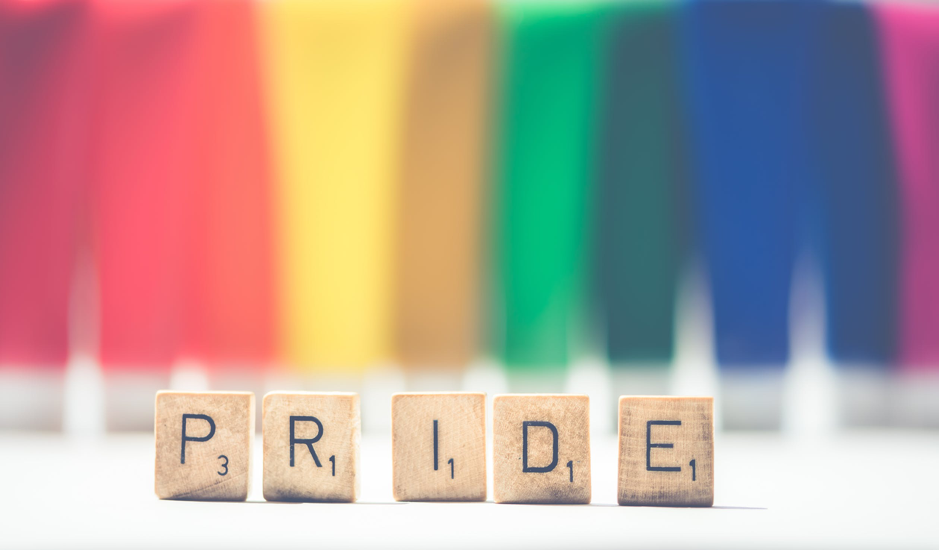|
Hilary Sanders, Psychologist Life as a teenager can be tough. We all remember what that was like, right? Your hormones are racing, your body is changing, you're juggling competing and increasing demands at school and at home, perhaps also sport and work commitments. You want to be unique, yet at the same time fit in. Impress your friends, your parents, your teachers — There's a lot going on! Now, imagine on top of this, you are also questioning your sexual orientation. You have noticed you're not attracted to the opposite sex in the same way as your peers. However, attraction to the opposite sex (heterosexuality) is the most commonly expressed sexual orientation in society, so what does that mean for you? Sexual orientation (or sexual identity) refers to the enduring or evolving pattern of one's sexual, romantic, and/or emotional attraction to a particular sex. Commonly used terms to describe one's sexual orientation include, amongst others, heterosexual/straight, homosexual (gay, lesbian), bisexual, queer, asexual, and pansexual. The acronym LGBTIQA+ (Lesbian, Gay, Bisexual, Transgender, Intersex, Queer, Asexual, and others) incorporates sexual orientation, gender identity and intersexuality, and is often used to refer to sexual identities that differ from heterosexual. It is important to note that these "labels" do not rigidly or personally apply to everyone, and some would prefer to not use labels at all. Sexual orientation is diverse, and unique to the individual. Living in a heteronormative society can accentuate a sense of difference when you do not identify as heterosexual. Feeling "different" is especially challenging during adolescence because this developmental stage prioritises social belonging and acceptance. The threat of judgment, ridicule, or rejection from others can be overwhelming for young people during this time, and can influence how they express their sexuality, if at all. Research has also found that non-heterosexual young people are more likely to experience mental health difficulties, such as anxiety and depression, compared to other young people (see this link for more information). We want to ensure our young people feel supported as they learn about themselves and their emerging sexual identities. How we approach sexuality can have a lasting impact on their relationship with us, and their emotional wellbeing, so it makes sense to reflect and think about it. It’s never too soon, or too late, to begin the conversation! If you've been asking yourself "What should I say? What if I say the wrong thing? How do I approach my teen, if at all?", the following tips may help.
Helpful services and links: - Q Life: QLife is Australia’s first nationally-oriented counselling and referral service for LGBTIQA+ people, offering peer supported telephone and web based services between 3:00pm and midnight every day of the week, all around the country. You can call them (between 3pm and midnight) on 1800 184 527 or chat online: https://qlife.org.au/ - BeyondBlue 'Families Like Mine' resource: 'Families like mine' is a multimedia guide that offers practical advice to families of young gender diverse people, same-sex attracted and bisexual people, and those who are questioning their sexuality or gender identity: https://www.beyondblue.org.au/who-does-it-affect/lesbian-gay-bi-trans-and-intersex-lgbti-people/families-like-mine - Kids Helpline: Kids Helpline is a free, private and confidential 24/7 phone and online counselling service for young people aged 5 to 25. Kids can call on 1800 55 1800. Their website also has information for parents: https://kidshelpline.com.au/parents/  Hilary Sanders is a psychologist at Hopscotch and Harmony Werribee and Belmont who is passionate about supporting people of all ages, however has a particular interest in working with adolescents and adults. Hilary values diversity, and encourages individuals to celebrate their uniqueness- she believes human difference is what makes life interesting! An LGBTIQA+ advocate, Hilary acknowledges the complex nature of sexuality, and is driven to support individuals experiencing challenges arising from sexual diversity Comments are closed.
|
Categories
All
|
Hopscotch & HarmonyAt Hopscotch & Harmony Psychology, you can expect compassionate care and evidence-based guidance on your journey to wellness.
With clinics in Werribee and Belmont, as well as providing online counselling to clients who live throughout Australia, our dedicated team of psychologists and dietitians are committed to providing support to children, teenagers and adults. With a focus on understanding your unique needs, we offer tailored solutions to foster growth and resilience. Trust in our experience and dedication as we work together towards your well-being. Welcome to a place where healing begins and possibilities abound. |
Our services |
Contact usHopscotch & Harmony
Child, Teen and Adult Psychology Our Locations:
WERRIBEE: 1/167-179 Shaws Rd
BELMONT: 92 Roslyn Rd AUSTRALIA-WIDE: Online counselling |
Hopscotch and Harmony respectfully recognise the Aboriginal and Torres Strait Islander people as the first Peoples of the continent now called Australia.
We acknowledge the Bunurong and Wadawurrung people of the Kulin Nation, the traditional owners of the land on which we work, and pay our respects to their Elders, past, present and emerging.
© 2024 Hopscotch and Harmony Pty Ltd



 RSS Feed
RSS Feed
